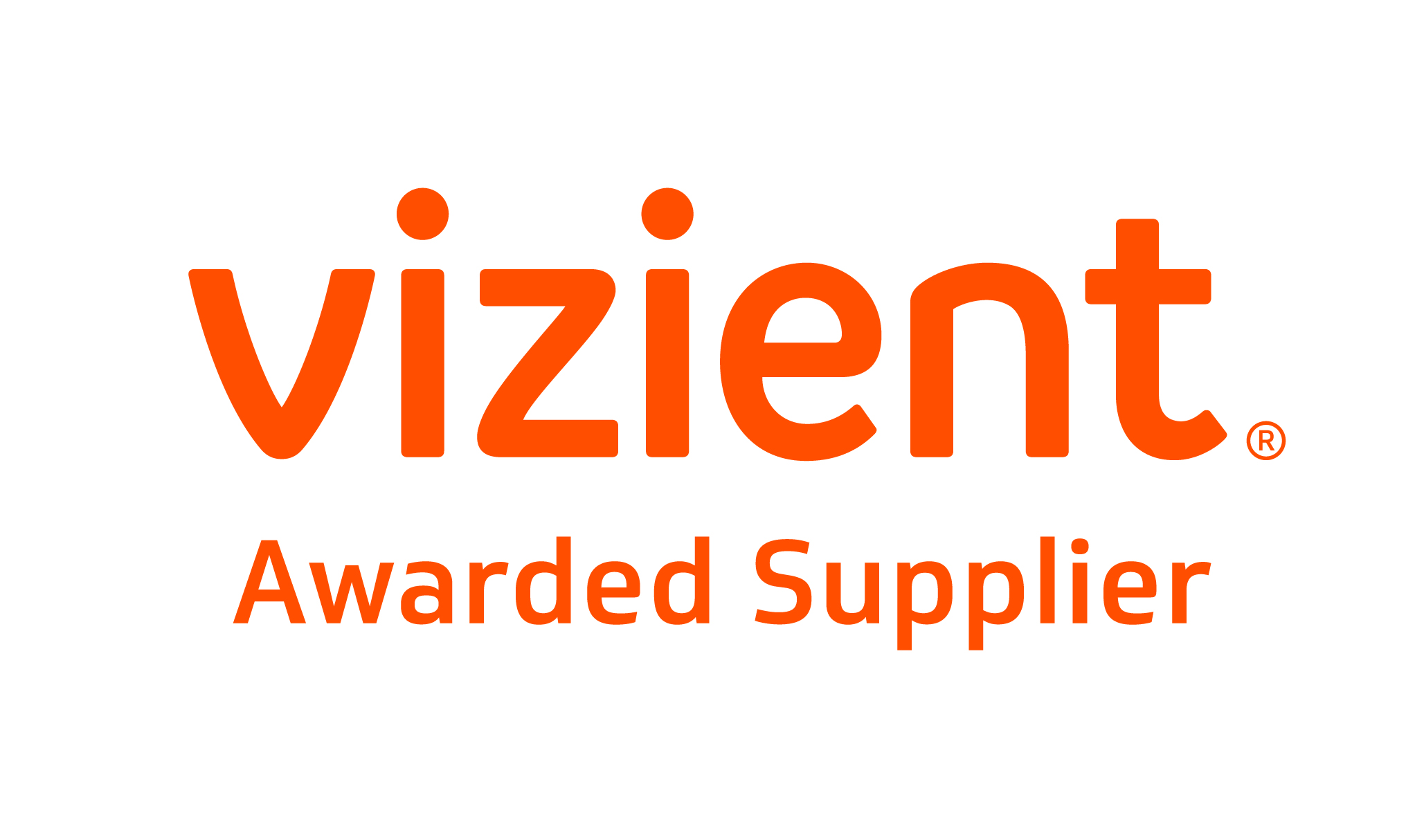Just In Case (JIC) inventory management, diversified manufacturing locations and working with multiple vendors are a few of the steps hospitals and healthcare providers can take to gain long term stability in the medical product supply chain.
The ongoing disruption to medical product supply has been fueled by the long-term ramifications of the Covid-19 pandemic, alongside persistent global financial and political challenges. As a result, implementing a strong supply chain strategy has never been more important for healthcare procurement teams.
Let’s look at some of the ways resilience can be built into the procurement process.
‘Just In Time’ (JIT) is Being Replaced with ‘Just In Case’ (JIC)
Before the pandemic most healthcare institutions operated on an inventory model where supplies were ordered in as they were needed. This approach had benefits including improved cash flow, reduced storage needs, and a reduction in overall costs. The underlying vulnerability of this approach became evident during the pandemic when supply chains became disrupted and accessing products on demand became substantially more difficult.
In order to avoid disruption to healthcare operations, many institutions have reconsidered their approach to inventory management with a ‘Just In Case’ (JIC) approach. Just In Case ensures that essential items are not only available when needed but are stocked in advance to avoid potential future disruptions in supply.
Working with established suppliers who hold relationships with domestic and international manufacturers is an advantage to medical facilities planning to avoid potential disruptions by stocking essential medical supplies.
The Financial Implications of Inventory Management
Keeping more stock means higher upfront costs for hospitals.
This shift requires a balance between ensuring that essential items are available without unnecessarily tying up hospital funds in inventory. Suppliers can help, particularly smaller operations offering a more flexible and personalized service. By leveraging their expertise in inventory management, boutique vendors enable hospitals to maintain the right balance of stock, ensuring that critical items are available when needed while avoiding excessive inventory that could drain financial resources.
The Role of Diversification in Manufacturing Locations
Many healthcare supplies have been produced in specific regions, for example, China.
The downside to such a localized approach is clear. Should there be a disruption to a certain geographic region or to a single factory, supply of the product is impacted globally.
Diversifying production locations and increasing the number of production facilities can help to prevent disruption from becoming critical.
Healthcare organizations and suppliers are increasingly looking to diversify their manufacturing operations across different regions.
This strategy not only helps to reduce dependency on any single location and multiple manufacturing hubs allows for better flexibility in sourcing and more rapid response to changing demand.
With diversified production sources, supply chains can be more agile. The same is true for the suppliers hospitals work with. Those offering a diverse range of stock with multiple product lines from different manufacturers in each category help to increase supply chain resilience.
AI and Data Analytics
AI and data analytics are revolutionizing supply chains by enhancing visibility through real-time tracking, improving demand forecasting and creating more efficient management and delivery processes.
For example, AI and data analytics can be used in real time to track and monitor delivery information for medical supplies. Data and AI analytics can provide an overview of the entire supply chain allowing hospitals to better predict delivery timescales and stock levels.
Systems can also offer more accurate predictions for the demand for certain products by using historical trends and data, for example by analyzing the supplies needed during certain seasons This can allow organizations to accurately optimize inventory levels, minimizing the risk of running out of stock or overstocking certain products.
Ultimately AI can help to optimize the supply chain process, create cost efficiencies and minimize waste.
The Shift Toward Doing More with Less
Hospitals are under pressure to operate more efficiently, with sourcing and procurement teams expected to accomplish more with fewer staff and reduced finances. To meet this challenge, hospitals are turning to trusted vendors who can provide essential supplies alongside a higher level of service and partnership.
Historically, hospitals may have relied heavily on a small number of primary suppliers for the majority of their needs. However, with the rise in unpredictability, especially during the pandemic, working with a larger pool of vendors and adding diversification in the supply chain have taken on a more prominent role.
Boutique suppliers can provide proactive support, managing inventory, and ensuring that essential items are available when needed. This strategic approach can reduce the burden on in-house teams, allowing hospital staff to focus on their core functions.
A New Era of Supply Chain Resilience in Healthcare
The healthcare sector is undergoing a significant transformation in how it approaches supply chain management. The COVID-19 pandemic and other recent disruptions have underscored the need for healthcare organizations to prioritize resilience and flexibility in their supply chains. Diversifying manufacturing locations, embracing the Just In Case (JIC) inventory model, investing in technology, and working with multiple vendors with diverse product offerings are all strategies that will ensure long-term stability and help mitigate the risks of future disruptions.
As hospitals continue to do more with less, the importance of reliable, high-quality boutique vendors like MAP Medical cannot be overstated. We provide a level of service and partnership that helps procurement teams achieve more and deliver better patient care.


How Working with Diversified Suppliers can Boost Supply Chain Resilience